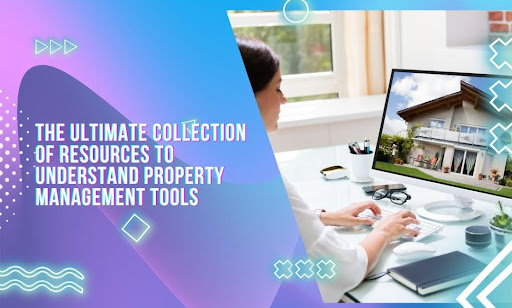Choosing software before understanding it is like hiring a contractor without checking their license. Sounds reckless? It is.
Plenty of landlords and property managers skip straight to the product demo. They pick what looks good—or what everyone else is using—and then wrestle with the fallout for months. Clunky dashboards. Missing features. Hidden costs. Poor support. Time wasted. Money lost. Here’s the truth: You can’t afford to treat software like a guessing game.
Before you lock in a platform, you need to understand what you’re actually buying—and how it impacts your workflow, compliance, revenue, and tenant experience. That’s what this article solves for.
We pulled together the most credible, practical, and value-packed resources on the market. No fluff. No YouTube noise. No sales pitches. Just the tools, reports, and expert breakdowns that actually help you make smarter decisions.
By the end of this, you won’t just recognize the best platforms—you’ll know why they’re best for you. You’ll understand what features matter. What tools scale? What to avoid? What to demand? You’ll walk away with full command of the space.
What Buildium’s Resource Hub Really Teaches You About Property Management Tools
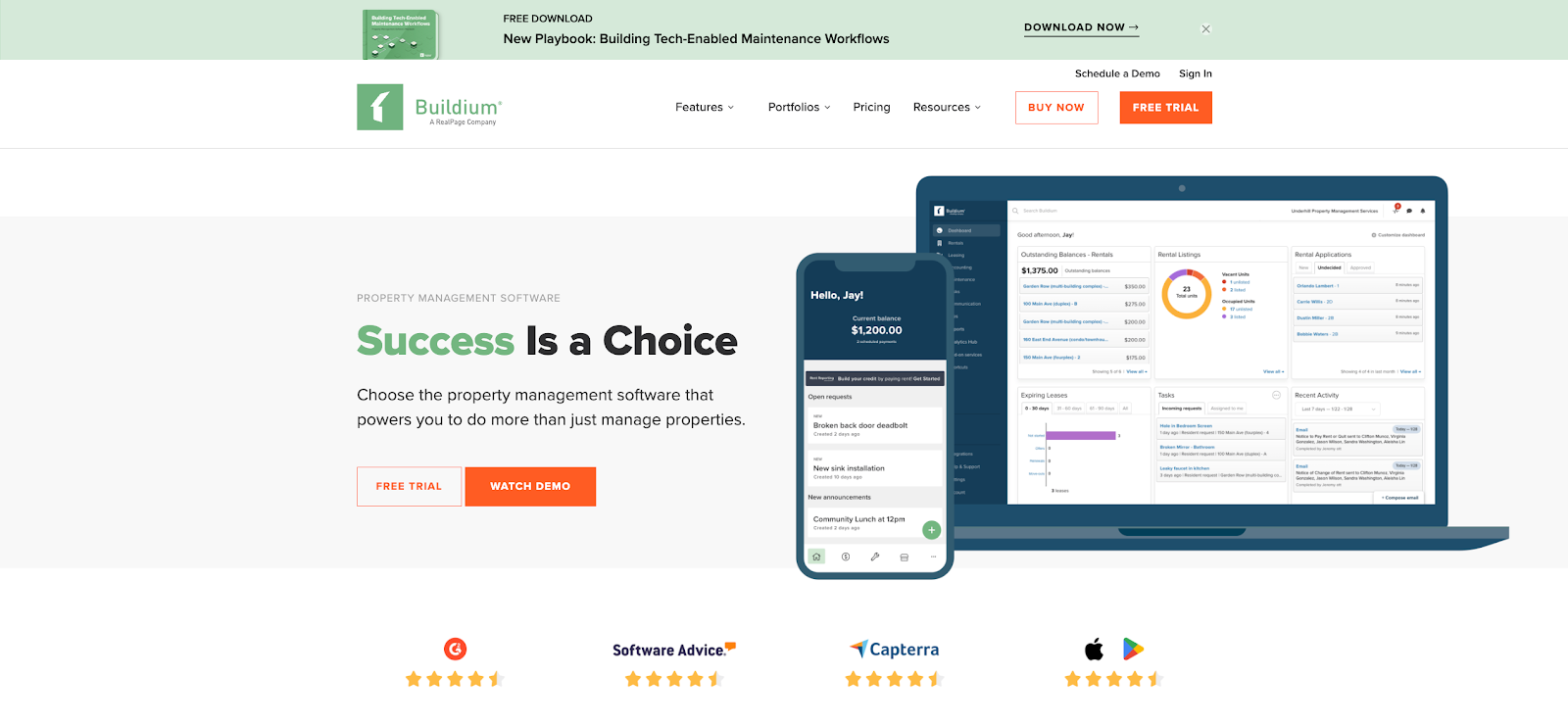
Most software blogs toss out surface-level advice. Buildium’s Resource Center does the opposite—it builds real operational knowledge.
If you manage rental properties or work in property operations, this hub breaks down the mechanics behind smart software use. No hard sells. No fluff. Just real frameworks, use cases, and automation examples written by people who’ve been inside the process.
Instead of asking “Which tool should I choose?”, it forces a better question: How do these tools actually solve day-to-day problems?
Key Topics You Can Expect to Master
Here’s how this resource helps you develop true, working knowledge of property management tools:
- Operational Automation: Articles focus on how tools reduce manual labor without losing oversight. From rent reminders to maintenance ticket routing, you’ll get practical breakdowns of how automation plays out on the ground.
- Leasing Workflows: Step-by-step guides walk through how digital platforms can simplify the leasing process—from listing syndication to application approvals and e-signatures.
- Maintenance Coordination: Content explains how maintenance tools keep vendors organized, tenants updated, and costs logged in real time. The focus is on accountability and speed, not generic tech talk.
- Tenant Communication & Portals: You’ll learn what truly effective communication looks like—how tenant portals can cut down noise, reduce complaints, and keep messaging traceable.
- Accounting Integrations: Complex rent rolls, owner statements, and security deposit handling—these topics are tackled with examples that connect the dots between financial tasks and the software that supports them.
The Resource Center doesn’t skim over pain points. It drills into the how. Whether you manage five units or five hundred, you’ll leave this hub with a sharper eye for which features actually move the needle—and which ones get in the way.
Why AppFolio’s Resource Hub Is a Goldmine for Operational Clarity
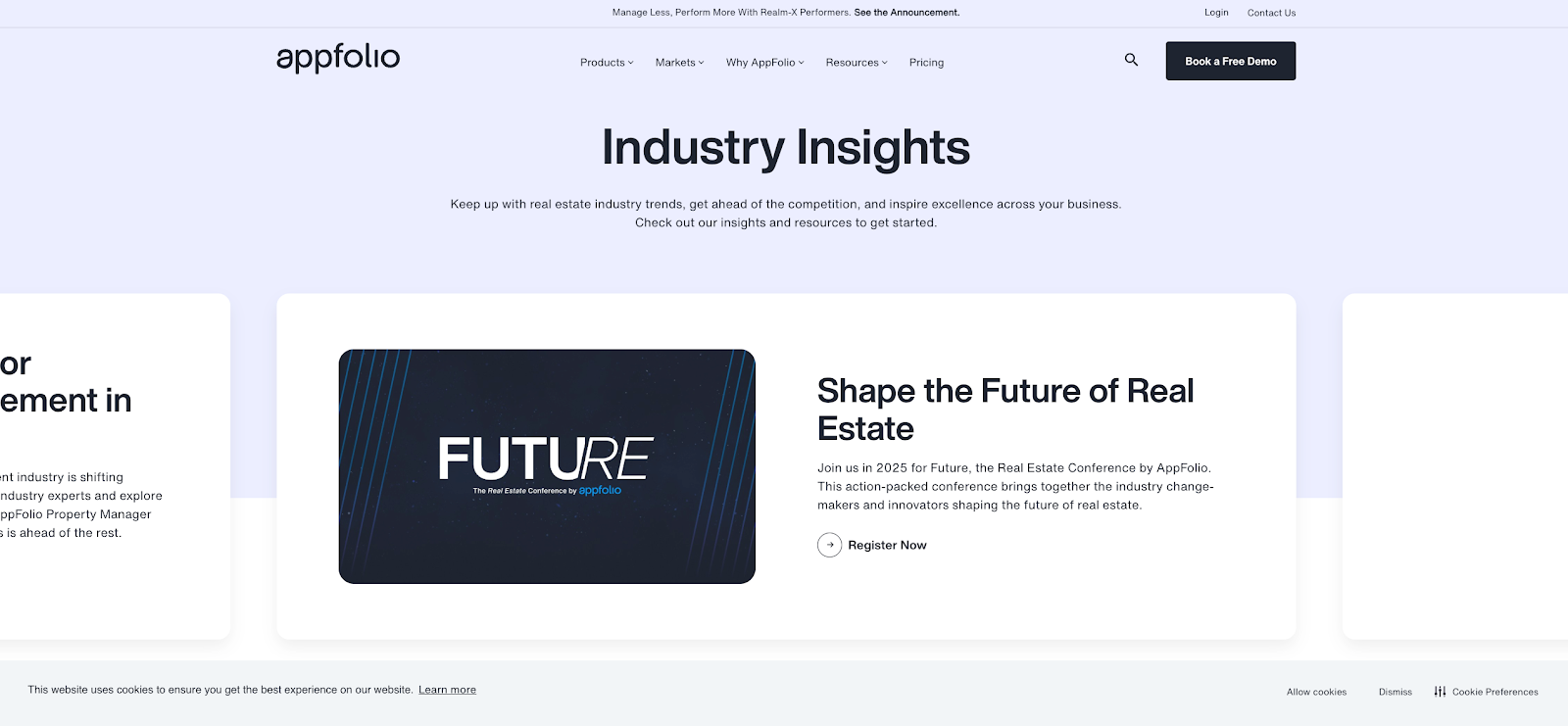
If you’re trying to understand how software actually fits into the day-to-day grind of managing properties, AppFolio’s Resource Hub strips away the guesswork. This isn’t light blog content. It’s strategy-focused, built for operators looking to tighten systems, reduce waste, and grow portfolios without burning out their teams.
The real value? It ties big-picture thinking to small, tactical moves—especially when it comes to leasing automation, digital communication, and centralized task tracking.
What You’ll Take Away from the Hub
AppFolio’s resources are structured to build up your working knowledge of how different software tools contribute to business goals, not just tech convenience.
- Scalable Workflows: You’ll learn how software supports growth by cutting out redundant tasks. These guides show how to centralize data, standardize team actions, and scale operations without needing more bodies on payroll.
- Tech-Driven Leasing Strategies: The content goes beyond theory. It shows how tools can reduce leasing time by integrating listing distribution, application screening, and document signing into a single process.
- Maintenance Optimization: Through maintenance-focused playbooks, you’ll see how to track work orders, vendor interactions, and tenant follow-ups using centralized software tools that don’t let tasks fall through the cracks.
- Resident Experience Tools: Their articles outline how communication platforms, online portals, and mobile tools influence retention. The focus stays on efficiency, but never at the cost of tenant satisfaction.
- Reporting That Drives Action: These pieces don’t just showcase dashboards—they explain how to interpret the numbers. You’ll gain insights into how reports can drive rent collection, forecast occupancy, and expose operational gaps.
This hub is where operators build confidence, not from hype, but from proven workflows. If your goal is to use software to run a tighter, smarter, more accountable property business, AppFolio’s resources lay out the actual blueprint.
What Gartner’s Market Guide Really Reveals About Software Capabilities
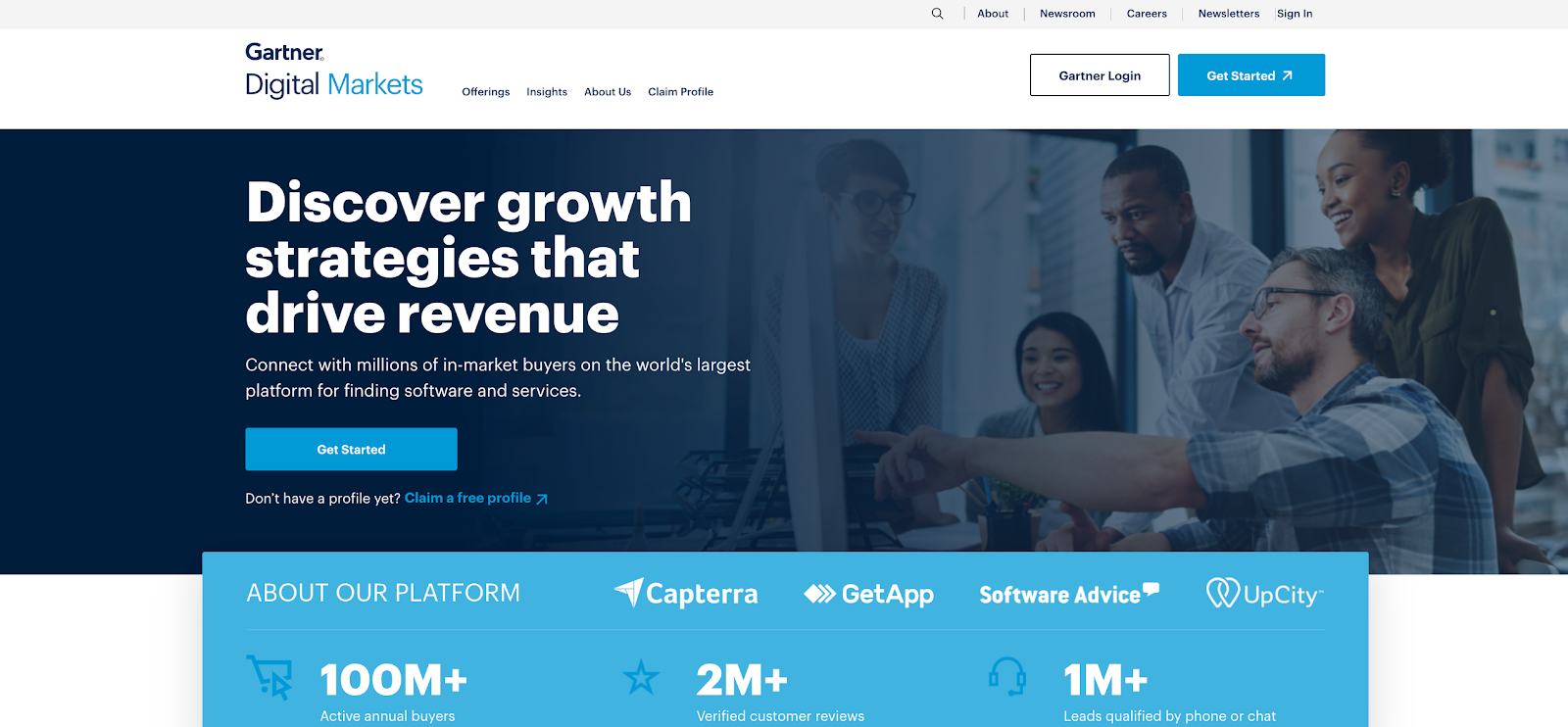
For operators making high-stakes software decisions, guesswork doesn’t cut it. Gartner’s Market Guide for Real Estate Management Software eliminates the noise by offering a feature-first breakdown of enterprise-grade tools. It doesn’t focus on popularity. It focuses on capability.
This guide is designed for stakeholders who need to vet platforms by function, not vague benefit statements. Each section maps software capabilities to core operational needs: accounting, lease administration, maintenance, and automation.
It’s especially useful during RFP processes, procurement cycles, or system migrations, where aligning tech to your actual workflow makes or breaks long-term ROI.
Breakdown of Core Functional Areas
Use this resource to go beyond branding. It forces a more technical, outcome-focused comparison—especially helpful for stakeholders managing growth, automation rollouts, multiple properties, or internal system upgrades.
Accounting and Financial Stack
This section of the guide digs into whether a platform operates with true general ledger functionality or simply relies on basic accounting tools. Key evaluation points include:
- Bank reconciliation workflows and real-time sync capabilities
- Automated rent roll processing, including automating rent collection, recurring charges, and escalations
- Multi-entity accounting support for managing separate legal owners or LLCs
- Trust accounting compliance with audit-ready tracking of deposits and withdrawals
- Owner reporting configurations, allowing for custom breakdowns by unit, building, or rental unit
It also identifies which platforms can natively integrate with enterprise ERPs like Oracle, Yardi Voyager, or QuickBooks—critical for firms that already run complex back-office systems.
Lease Administration Framework
Gartner’s guide outlines how each tool handles lease workflows from start to finish. But it doesn’t stop at templated lease agreements—it evaluates systems based on their operational leverage. Functions covered include:
- Digital lease generation, with e-sign and version control
- Renewal and expiration alerts with automated reminders
- Embedded lease clause tracking, including escalations and legal obligations
- Document storage with compliance tags, enabling quick reference for audits
- Rent schedule logic, including variable and step-up rent terms
Platforms that can support short-term vacation rentals are also flagged, especially those offering flexible lease length configuration and seasonal pricing logic. You’ll see clearly which tools enable compliance continuity, which is vital when managing stabilized units or small multifamily properties in active enforcement zones.
Maintenance Operations Layer
Maintenance workflows are often fragmented. Gartner’s guide isolates how software tools centralize service requests and control the flow of labor, time, and cost.
Look for evaluation on:
- Mobile-first work order management, accessible by vendors or in-house techs
- Time-tracking tools, tied to labor cost estimates and actuals
- Preventive maintenance scheduling, with cycle logic (monthly, quarterly, etc.)
- Integrated contractor communication, with SMS/email routing
- Photo and invoice uploads, mapped to specific service events
- Escalation workflows, to flag urgent or unresolved issues
Well-designed systems also help teams manage vendors more efficiently, linking performance metrics and contractor history to maintenance data in real time.
Automation Capabilities and Custom Triggers
The automation section is where serious differences emerge. Many platforms say they support automation, but the guide shows you how much of it is configurable vs. hardcoded. Here’s what it breaks down:
- Workflow builders, where admins create conditional triggers (e.g., send a legal notice if rent is unpaid for X days)
- Template libraries, for notices, emails, reports, and forms
- Task queue automations, auto-routing maintenance or leasing tasks by building, urgency, or time of day
- Event-based notifications, triggered by status changes, form submissions, or external system data
- Audit logs, showing what triggered actions, when, and by whom
These key features give operators the flexibility to adapt systems to their workflow instead of bending processes to fit the tool.
The platforms that stand out are the ones that help reduce risk, deliver numerous benefits to back-office and field teams, and support ongoing compliance, especially when managing reliable tenants, sensitive data, or properties that require specific policy protections like landlord insurance.
Why It’s a Must-Have for Property Tech Evaluations
Gartner’s guide doesn’t tell you which vendor is “best.” It tells you what each one does, and whether that maps to the workflows you need to run. It’s especially useful if you’re:
- Upgrading from spreadsheets or disconnected tools
- Evaluating enterprise software after a merger or acquisition
- Preparing for a compliance audit or lease portfolio consolidation
- Moving from reactive ops to structured, automated workflows
This guide turns vague platform overviews into objective, functional comparisons, making your next purchase less risky, more defensible, and far more aligned with operational goals.
How ViolationWatch’s Blog Sharpens Your NYC Compliance Strategy
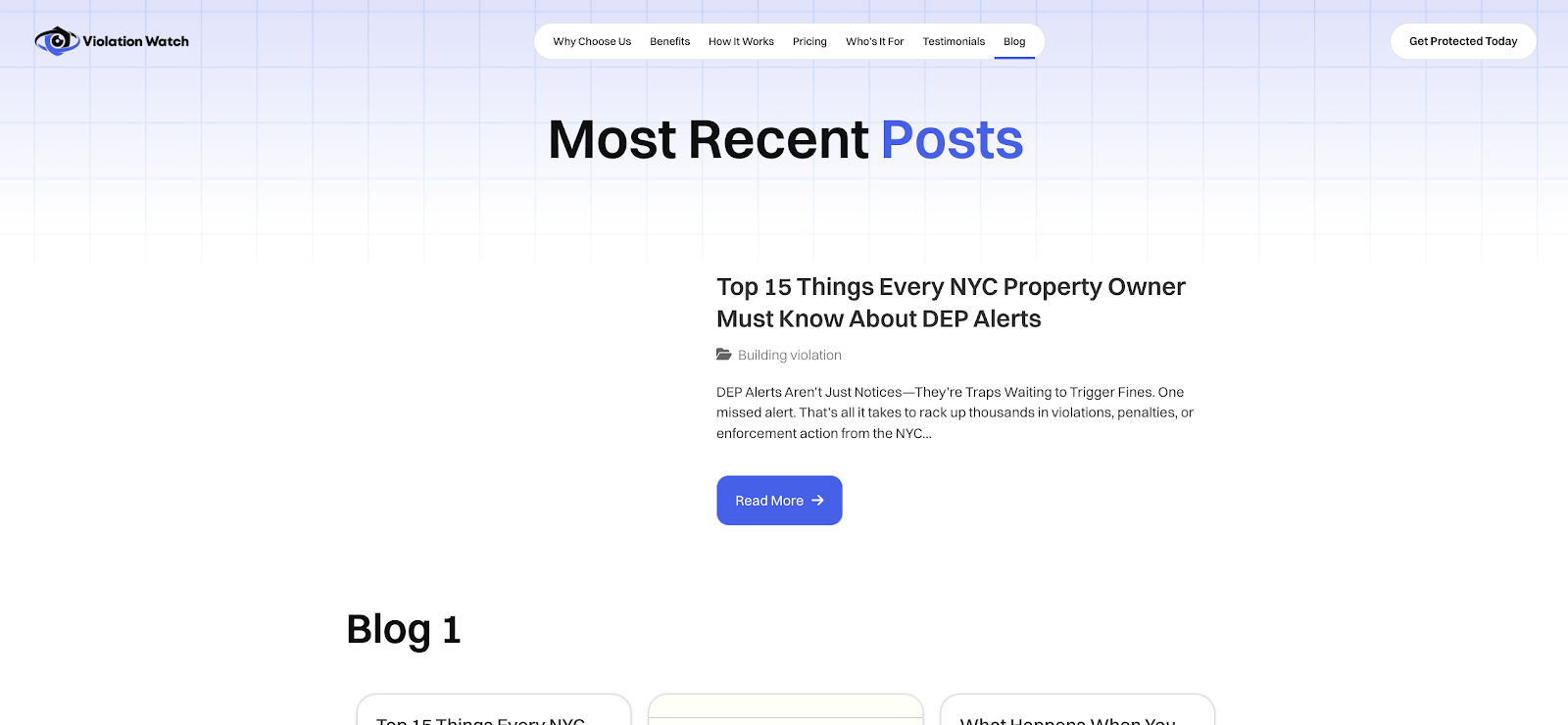
Most blogs write about NYC compliance. ViolationWatch’s blog writes through it. It’s not a content mill. It’s an operational tool—built to guide landlords, property managers, and owners through the legal, procedural, and digital mechanics of managing NYC properties under agency scrutiny.
This blog isn’t theory. It’s system-level clarity on how NYC enforcement actually works—and how your property management tools need to respond.
Built for Operators Managing High-Stakes Compliance
Each blog post tackles real compliance events that building professionals face daily. Whether you’re chasing a housing code correction or preparing for an FDNY hearing, the content builds your practical understanding of how NYC systems behave—and how to prepare accordingly.
This type of content matters if you run a property management company with large-scale portfolios, or even a growing property management business handling third-party units. The focus is always execution, not fluff. Key areas it covers with technical depth:
Agency-Specific Enforcement Patterns
The blog doesn’t generalize violations. It breaks them down by agency—DOB, HPD, FDNY, DEP, DSNY, DOF, ECB, and more—so you understand:
- How each agency issues violations
- What types of infractions fall under their scope
- What inspection cycles apply to which property types
- Which compliance triggers require immediate digital tracking
- How different agencies coordinate fines, hearings, and certifications
This helps you map software functions—like notification rules, dashboard filters, maintenance tracking, and document links—directly to agency behavior.
Detailed Violation Lifecycle Mapping
Most platforms let violations “sit” in a queue. This blog shows how to work them.
Each post outlines the full violation lifecycle from issuance to resolution:
- Initial detection or inspection event
- Violation posting and city record updates
- Required document filings or certifications
- Hearing schedules and rescheduling mechanics
- Resolution actions, inspections, or clearance proofs
- How closed violations appear in agency databases
Lifecycle clarity ensures your system captures property performance in real terms, not just theoretical KPIs. This matters whether you manage directly for property owners or run internal compliance for a residential property management team.
Resolution Guides with Operational Detail
You won’t find vague advice. Resolution content is step-based and document-oriented.
For example, posts focused on resolving Class B or Class C HPD violations break down:
- Which documents must be submitted (e.g., AEP Registration, Post-Certifications)
- Where and how to submit them (via eCertification portals, in-person filings)
- What timelines apply under emergency or standard enforcement
- Which software flags or tags can help monitor due dates or follow-ups
- What happens when violations aren’t cleared—penalties, liens, inspections
The actionable nature of these posts helps fine-tune handling maintenance requests by linking city-mandated repairs to internal task routing. No more missed steps. No more lost time.
Portfolio-Level Risk Strategy
One standout aspect of the blog is its multi-building focus. It teaches how to handle compliance at scale:
- How to segment properties by risk type (e.g., buildings in AEP, buildings with open SWOs)
- How to schedule batch reports across boroughs or portfolios
- How to assign digital roles for tracking across property teams
- Which metadata to track (e.g., BINs, Control Numbers, Violation Classifications) for reporting efficiency
- How to interpret violation heatmaps for proactive maintenance or inspections
The insight is especially useful for real estate investors managing 20+ units or looking to streamline enforcement response across mixed asset types. The content informs smarter workflows and sets a foundation for detailed financial reporting tied to compliance status.
Practical Interface Integration and Documentation Use
The blog frequently references actual documents used by NYC agencies—hearing notices, inspection forms, L2 filings, SWO placards, boiler affidavits, etc.
These references aren’t for show—they guide readers through:
- Where violations originate in documentation
- What specific data points should tools extract or log
- How property managers should organize files for audits or reviews
- Which parts of the city’s digital infrastructure (DOB NOW, HPD Online, DEP eForms) matter for each agency
For teams dealing with tenant screening, rent payments, or online rent collection, this kind of specificity bridges the gap between operations and compliance. It helps enforce standards while protecting tenant rights and reducing legal exposure.
It also supports tenant communication tools, ensuring proper notice delivery and documented follow-ups during city actions.
Whether you’re choosing the right property management software or adjusting systems you already use, the blog’s operational approach offers unmatched clarity. It’s written for teams managing real risk, real fines, and real tenants—and built to inform stronger decisions across every one of your core property management tasks.
Why It Belongs in Every Compliance Professional’s Toolkit
ViolationWatch’s blog is not just a support channel or product blog. It functions as an active training resource for professionals who manage compliance risk at scale—whether you’re operating five buildings or fifty.
Every post is structured to answer one thing: “What should your system, your process, or your team be doing next?” If you’re building or refining your property tech stack for NYC’s regulatory landscape, this blog helps define the actual requirements your tools must meet—no guesswork, no abstractions, and no wasted steps.
Make Smarter Software Decisions with the Right Property Management Resources
The difference between a bloated, underused platform and a tool that actually drives ROI? It starts with understanding. Not marketing claims. Not brand recognition. Actual, working knowledge of how these systems function—and what they enable in the field.
That’s what these resources delivered. You now know how to read beyond the sales language. You can map features to outcomes. You can pinpoint where automation creates leverage, or where it breaks down. You’ve seen how compliance workflows tie directly into your platform’s configuration. And you know which questions to ask before committing to any tool. More importantly, you’re no longer stuck choosing blindly. You’re in a position to:
- Cut evaluation time in half by using the right filters
- Benchmark software by actual function, not hype
- Flag compliance gaps that your current tools might be missing
- Build a software stack that scales instead of stalling
- Spot red flags in workflows long before they cost you money
In short, you’re now equipped to identify your ideal property management software—one that’s actually aligned with your real estate business goals. With this understanding, you’re also better prepared to streamline operations, from onboarding new assets to maintenance request tracking, document handling, and escalation workflows. These aren’t surface-level insights. They’re operational upgrades made possible through essential tools designed for efficiency and accuracy.
And the impact runs deeper. You’re protecting your existing tenants, safeguarding your property portfolio, and supporting stronger decisions through cleaner financial data—whether you’re collaborating with a certified public accountant or managing the books in-house.
For real estate professionals committed to long-term growth, compliance isn’t a checkbox. It’s a performance standard. These resources connect that standard to measurable property management KPIs that reflect your operational health. The real estate industry is saturated with options, but only a few platforms, processes, and marketing tools actually move the needle.And if you’re managing buildings in NYC, those insights aren’t just helpful—they’re non-negotiable. That’s where ViolationWatch takes the next step. It brings everything you’ve learned into one unified system, designed to handle what the city throws at you, without dropping the ball.

